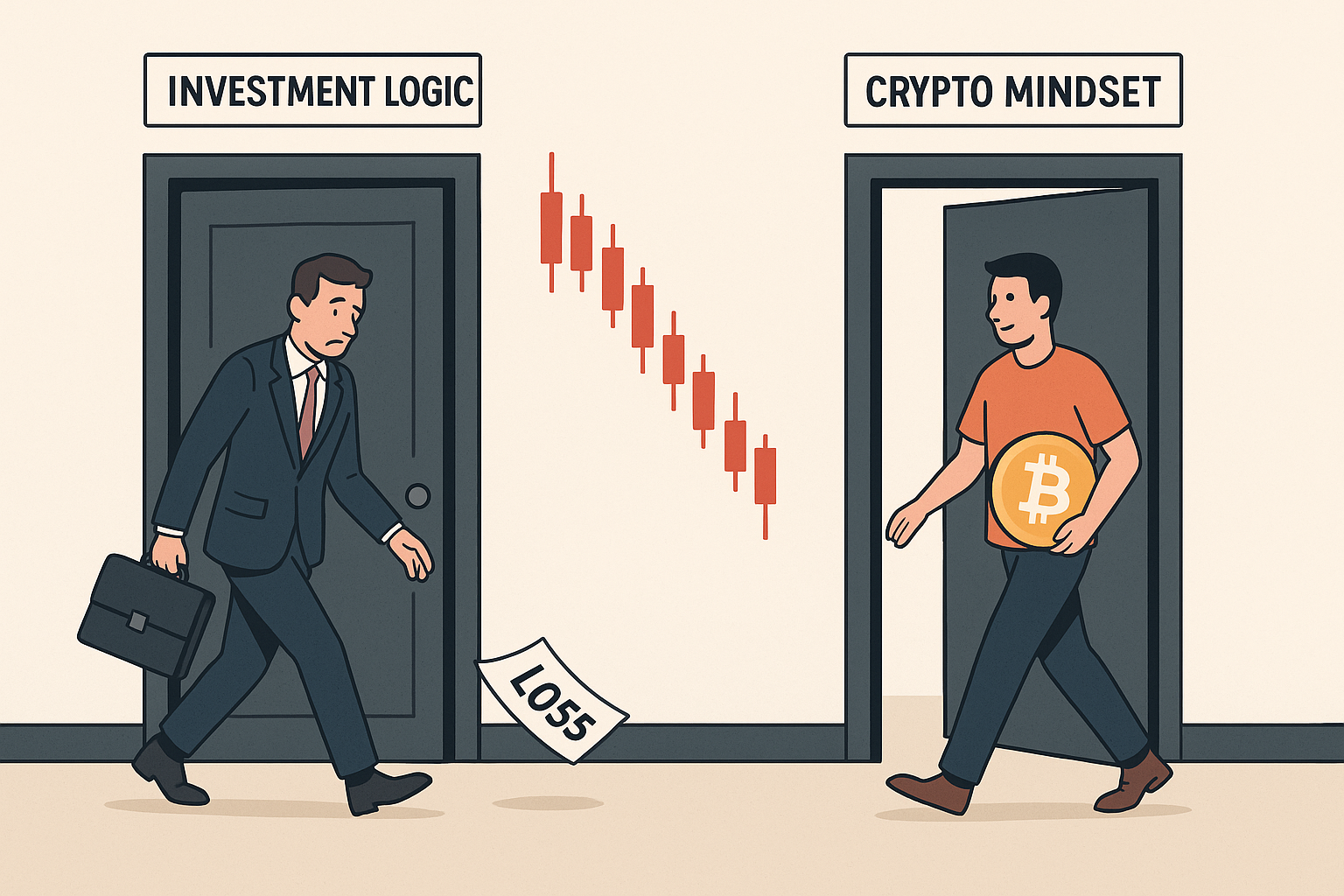
Investors are Dumping. So Who’s Accumulating?
According to JPMorgan, the main force behind the current drop in Bitcoin and Ether prices is retail investors. In November, they sold about $4 billion worth of spot ETFs.
Honestly, that explanation sounds convincing. This behavior fits perfectly into the mindset of investors and even investment funds. After all, what is an investment? You give someone money to grow a business, and in return you receive a share of that business and/or its future profits. When the business is profitable, investors hold on to their stake. When it starts generating losses, investors exit — they don’t want to hold assets that are dragging them down.
Such market participants treat crypto the exact same way:
See a loss — sell.
So it’s no surprise that after October’s big red candle, the selling kicked in.
At first glance, it feels like we just need to get used to this new investor logic entering the crypto market. It’s something crypto isn’t exactly used to. Here, people like that were always dismissed as “weak hands”, “hamsters”, or “extra passengers who should be thrown off before the rocket launches to the Moon”. But new players bring new rules — and under these rules, that behavior isn’t just normal, it’s considered the correct approach.
Still, there’s one question worth asking. We know who’s selling right now.
But do we know who’s buying?
Because the ones who shape the next chapter of the crypto market won’t be those dumping their coins today — but those quietly accumulating them.













